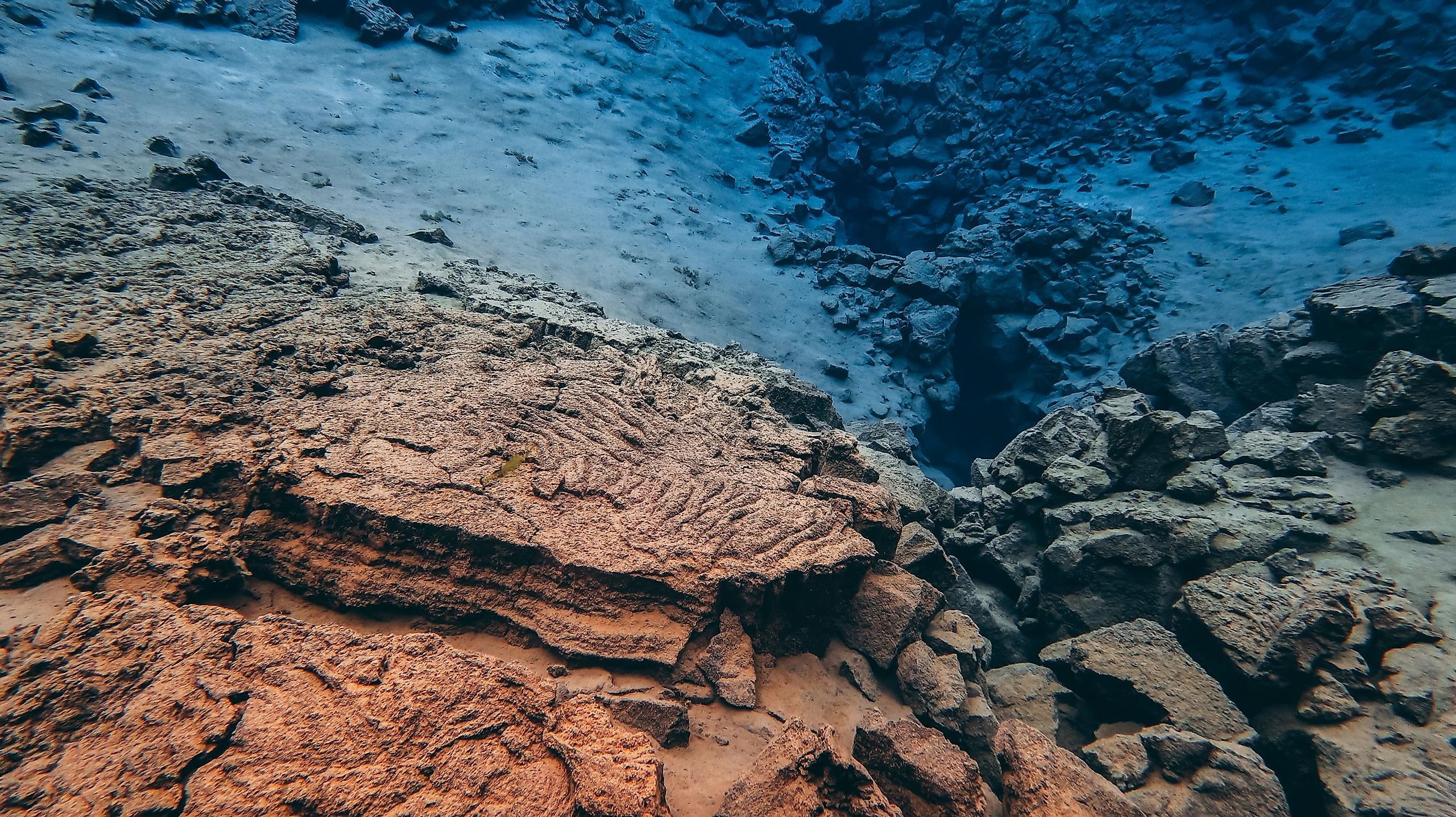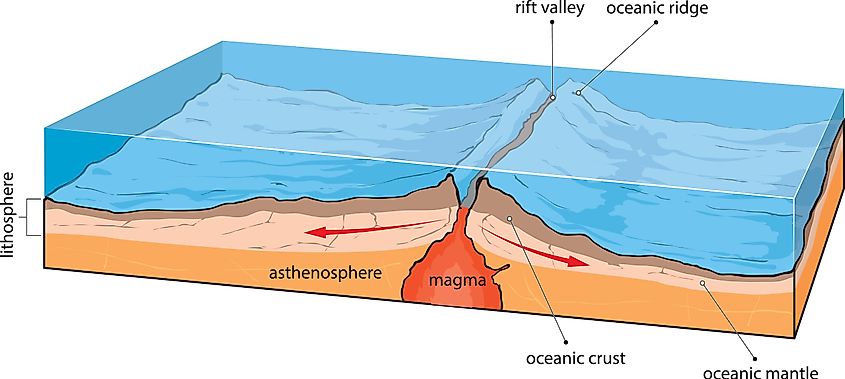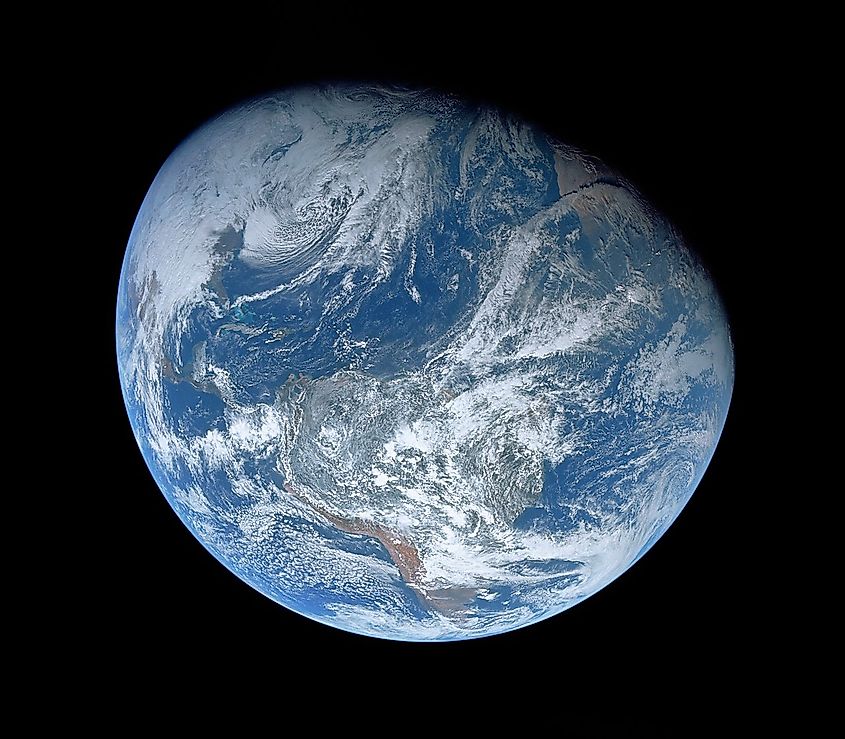
Is The Atlantic Ocean Getting Bigger?
The Atlantic Ocean is the second largest ocean on Earth covering an area of about 41,105,000 square miles (106,460,000 square kilometers), or around 20% of the Earth’s surface. Amazingly, it is actually growing in size. The Atlantic Ocean grows 1.5 inches wider every year due to the movement of Earth’s tectonic plates, which are currently pushing the North and South American continents further away from Europe and Africa.
Plate Tectonics

Plate tectonics is one of the most important theories of modern geology. In a way, plate tectonics are to geology what gravity is to physics, or what evolution is to biology. The idea that the continents themselves could move was first proposed by Alfred Wegener, who came up with the idea of continental drift in 1912. Wegener believed, based on the shapes of the current continents, that they were all joined together in the past. Unfortunately, Wegener’s ideas were widely dismissed and ridiculed among other scientists. The concept of continents moving would not be widely accepted until the 1960s.
Everything we see in our daily lives sits atop the outer layers of Earth’s lithosphere. The lithosphere includes Earth’s crust and upper mantle. The crust is the outermost layer of planet Earth, and its relatively cool temperature allows it to exist in a solid state. Interestingly, the crust is also the thinnest layer of our planet, being only 5 to 30 kilometres thick. Beneath the crust is the upper mantle; a layer of semi-fluid, viscous rock. Although we generally think of layers beneath the crust being made of magma, this is not entirely true. Although the upper mantle is significantly hotter than the crust, temperatures are not high enough to completely melt rock. Rather, rock in the upper mantle exists in a semi-solid state. Rather than being fluid, the upper mantle has a viscosity similar to that of toothpaste. Rock in the upper mantle flows, albeit very slowly. The crust we are all standing on sits atop this viscous rock, and as it flows, it carries the crust along with it. The flow of rock in the upper mantle is what causes plate tectonics.
The Atlantic Ocean and Plate Tectonics

Plate tectonics are the primary cause of the Atlantic Ocean growing in size. Along the Mid-Atlantic Ridge, a vast mountain range located on the ocean floor, geologic processes far beneath the Earth’s crust are erupting magma towards the seafloor. As this magma enters the ocean, it cools and solidifies, adding new layers of oceanic crust to the seafloor. Furthermore, the Mid-Atlantic Ridge is known as a plate boundary, as it separates the North American plate, Eurasian plate, and the African plate. As new crust is added to the seafloor, it pushes these three plates apart from one another, causing the overall size of the Atlantic Ocean to grow. Eventually, depending on how the movement of the different plates changes over time, the North and South American continents could join the Asian continent, leading to the formation of a new supercontinent on planet Earth.











